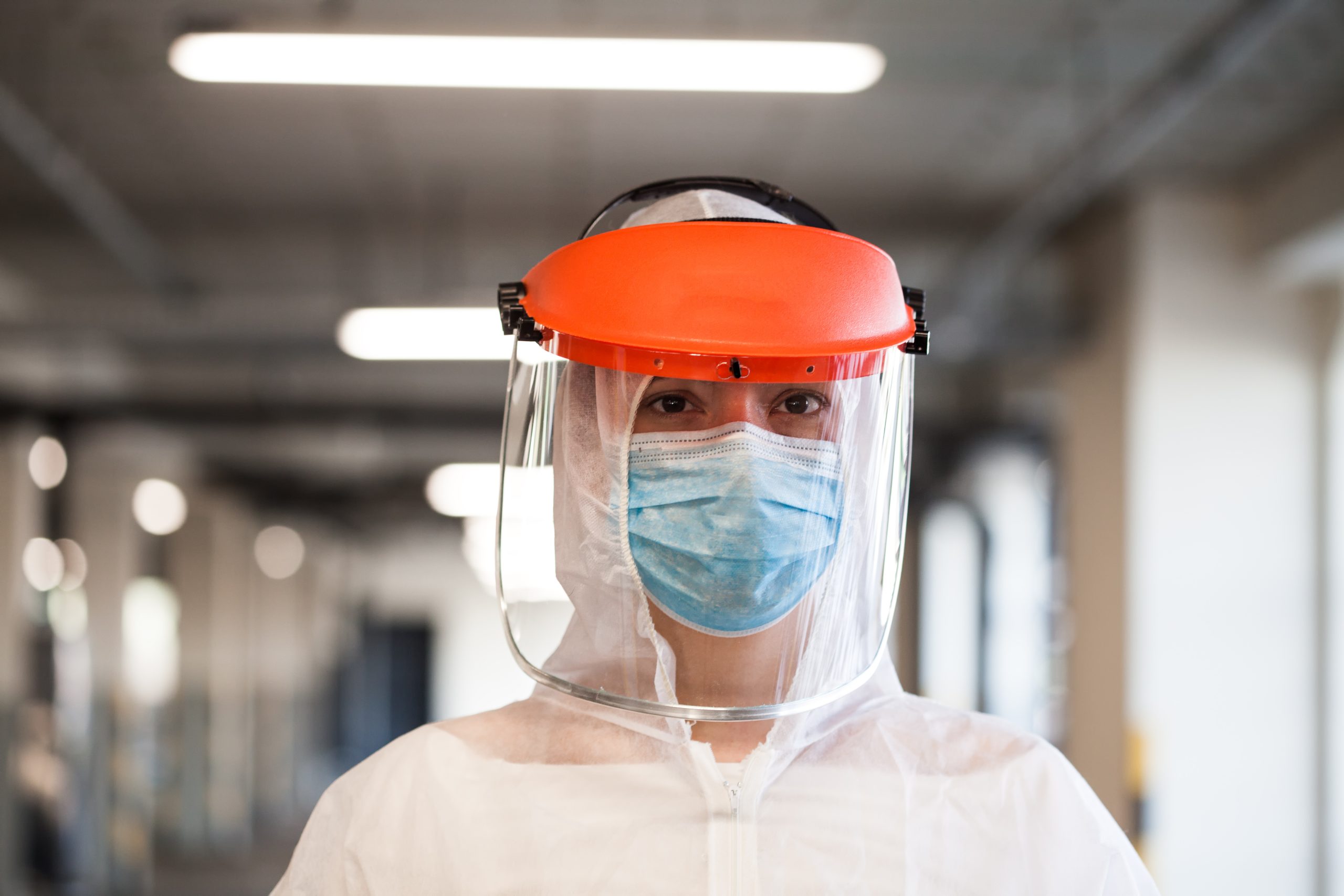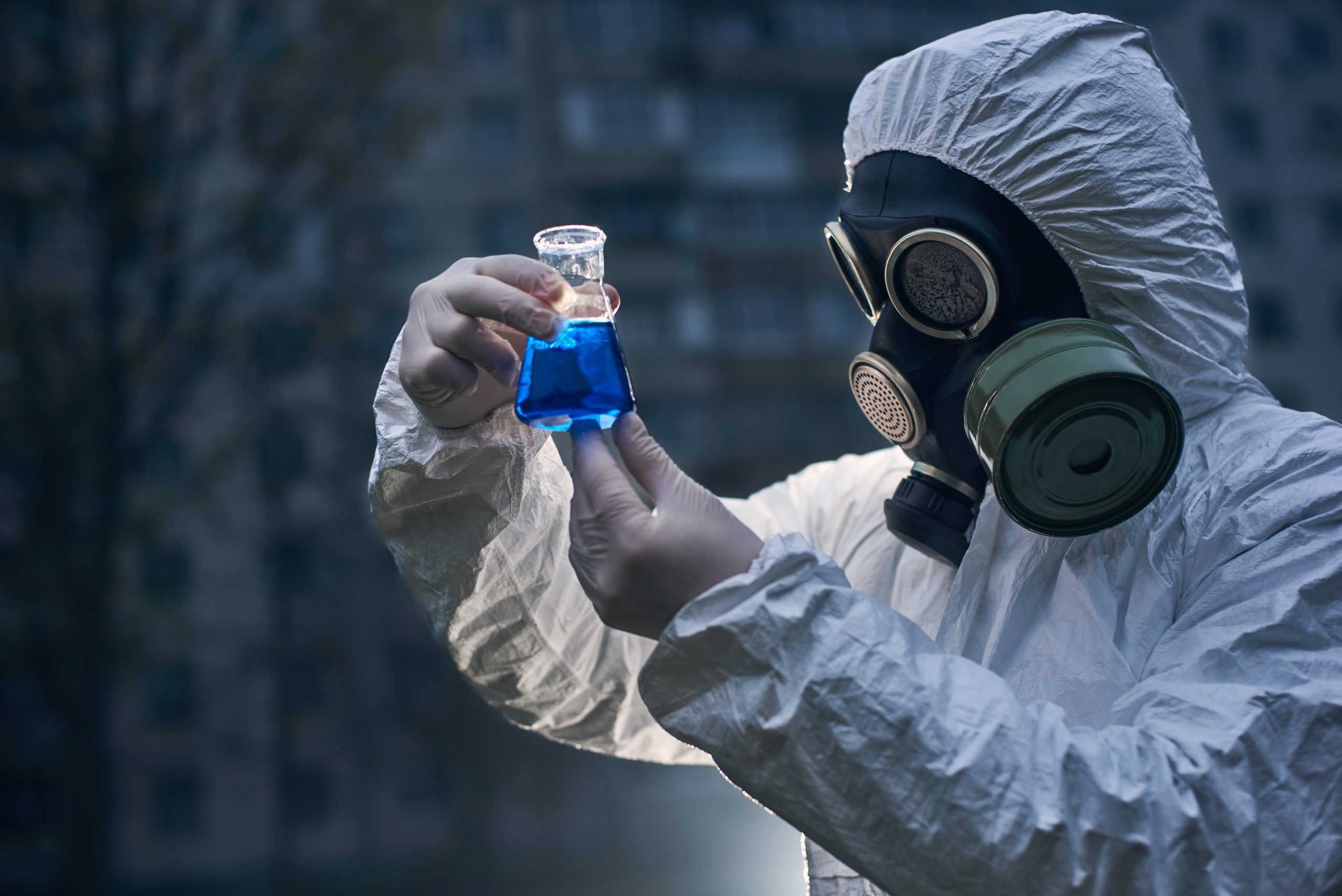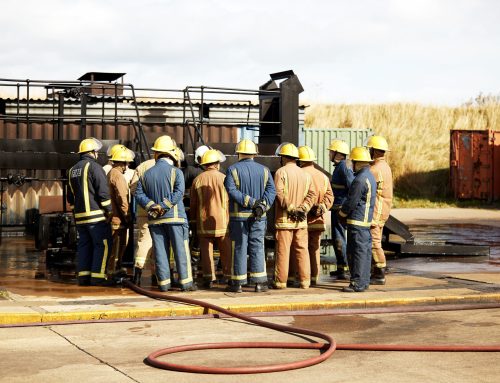Introduction
Workplace safety is essential in all industries, and whether you’re just getting started on the job or have been working for years, keeping yourself and others safe should always be a top priority.
Every year, thousands of workplace injuries and illnesses happen that could have been prevented. That’s where OSHA comes in. OSHA stands for the Occupational Safety and Health Administration, a government agency that makes sure work environments across the U.S. are safe and healthy. OSHA sets safety standards and inspects worksites to ensure those standards are being met. No matter what industry you’re working in, understanding OSHA certification and training can help you stay safe while doing you job.
In this blog post, you’re going to learn exactly what OSHA certification is, how to get it, and how to make sure your training meets OSHA standards. Whether you’re an employee or an employer, this guide will help you stay on the right track.

What Is OSHA Certification?
First, let’s clear something up: OSHA itself does not directly “certify” individuals in the way that schools give out diplomas or licenses. So, when people say “OSHA Certification,” they usually mean that a person has completed training that complies with OSHA standards and received a certificate to prove it. These certificates are important, as they serve as proof of compliance whenever a company faces an OSHA safety audit.
So, why is this important for you? Well, if you work in certain industries (any dealing with dangerous hazards), OSHA training is required by law. These include, but are not limited to:
- Construction: High-risk jobs like roofing, scaffolding, and excavation make OSHA training essential.
- Manufacturing: From handling machinery to working with hazardous chemicals, OSHA rules help protect you on the floor.
- Healthcare: Nurses, lab technicians, and hospital staff deal with biological hazards and sharp tools every day.
- Transportation: Whether you’re driving a truck or working around heavy equipment, safety training is crucial.
- General Industry: This covers a wide range of workplaces, like warehouses, offices, retail, and restaurants. While these may not, at first glance, seem hazardous compared to industries like construction, it is still important that employees are aware of the hazards present in the workplace and know how to combat or avoid them.
Maritime and Agriculture: Working on ships or farms comes with unique dangers that OSHA training helps address.
The OSHA Outreach Training Program
If you want to get OSHA training, you’ll want to look into the OSHA Outreach Training Program, which offers two main types of courses:
- 10-Hour Training: If you’re a new worker or just starting in a field, the 10-hour OSHA course is the way to go. This training gives you a basic overview of the most common safety and health hazards you might face on the job. Topics usually include:
-
- Slips, trips, and falls
- Electrical safety
- Personal protective equipment (PPE)
- Hazard communication
- Emergency procedures
This course is designed to help you recognize unsafe conditions and know what to do about them. Once you finish, you’ll receive an OSHA 10-hour card as proof of your training.
- 30-Hour Training: The 30-hour OSHA course is much more detailed. If you’re a supervisor, team lead, or someone responsible for safety at work, this is the course for you. It covers everything in the 10-hour course, but goes deeper into:
-
- Recordkeeping requirements
- Job hazard analysis
- Safety programs and inspections
- Managing health and safety responsibilities
This training can take several days, but it prepares you to not only work safely but also help create a safe environment for others.
You can take both the 10-hour and 30-hour courses online or in person through OSHA-authorized training providers. Just make sure the provider is legitimate. OSHA-authorized trainers are listed on the official OSHA website.
You may be wondering, “Can I add OSHA certification to my resume?” Well, even though OSHA does not consider 10- or 30-Hour Outreach training to be a certification, employers and hiring managers may look for these courses on resumes. Instead of writing “OSHA certified,” include the full titles of the training courses you’ve completed and any certificates, cards or credentials you have earned.

OSHA Certification vs. OSHA Compliance
Here’s where things can get confusing. Completing an OSHA course and getting a certificate is great, but it does not mean your workplace is fully OSHA compliant. Let’s break this down:
- OSHA Certification: This shows that you, the individual, have taken and passed OSHA training. It proves that you’ve learned about safety topics and understand your responsibilities.
- OSHA Compliance: This is about the employer. To be fully OSHA compliant, a company must follow all OSHA regulations, including:
- Creating and enforcing safety policies
- Providing the right PPE
- Reporting injuries and illnesses
- Keeping training and safety records
- Performing regular inspections
So, even if everyone in the company has an OSHA card, the company still needs to follow all the rules to truly be in compliance. This means that as a worker, it’s important for you to complete your training—but it’s also important for your employer to build a solid safety program. Simply having an OSHA card is not enough to consider yourself or the company you’re a part of “OSHA-Compliant.”

Building Training That Is OSHA Compliant
To make sure your workplace training meets OSHA standards, you need to go beyond just completing a course. OSHA compliance means that your training program is built around official rules and regulations, specifically those found in the Code of Federal Regulations (CFR), which can be found here. These rules cover everything from general industry requirements to construction, agriculture, and maritime safety. It’s important to design training that matches the actual risks and responsibilities of your workplace. That includes teaching employees how to identify hazards, how to use equipment safely, how to handle emergencies, and how to report unsafe conditions. The training should be practical and relatable, using examples that make sense for the job site. Simply handing out a safety manual isn’t enough—your team needs real understanding.
In addition to that, employees should receive training every year. OSHA requires that certain types of training be repeated annually, such as hazard communication and emergency procedures. Even when it’s not required for a specific topic, annual training keeps safety top of mind and helps prevent accidents. It reinforces the correct behaviors, reminds people of procedures they may have forgotten, and shows that safety is an ongoing priority. Even if it’s not mandatory for your specific job, annual safety training is always a good idea. It helps reinforce safe habits and shows that your company is serious about safety.
Lastly, proper documentation is key to maintaining compliance. It’s not enough to just do the training—you need to prove it happened. That means keeping sign-in sheets from each session, saving the materials that were presented, filing copies of certificates, and maintaining organized records that show what was taught and when. These documents become extremely important if your workplace is ever inspected by OSHA. They demonstrate that you’re taking your responsibility seriously and that safety training is a regular part of your company’s operations.
For more information on how to develop your safety training program, click here.
One way to help streamline the record-keeping process is by switching from traditional classroom methods of teaching to online safety training courses. If you’re an employer and want to find out if online safety training is right for your company, read our post here.

Conclusion
Getting OSHA certification is one of the best steps you can take to keep yourself, your coworkers, or your team safe on the job. Whether you’re new to the workforce or leading a team, understanding OSHA training and compliance is key.
Remember: OSHA certification shows that you care about safety, but OSHA compliance proves that your company follows the law and protects its workers. Both are essential. Workplace injuries can cost lives, money, and time, but with the right training and a safety-first attitude, you can help prevent them. Be the person who sets the example. Take your training seriously, speak up about hazards, and encourage others to do the same. Your safety, and the safety of everyone around you, depends on it.
Safety Instruct’s online safety training courses help to educate employees on workplace safety and health regulations, policies, and best practices. These courses cover a wide range of topics, all designed to fit the needs of various industries. To find the courses you need for your business today, click the link below!











Leave A Comment